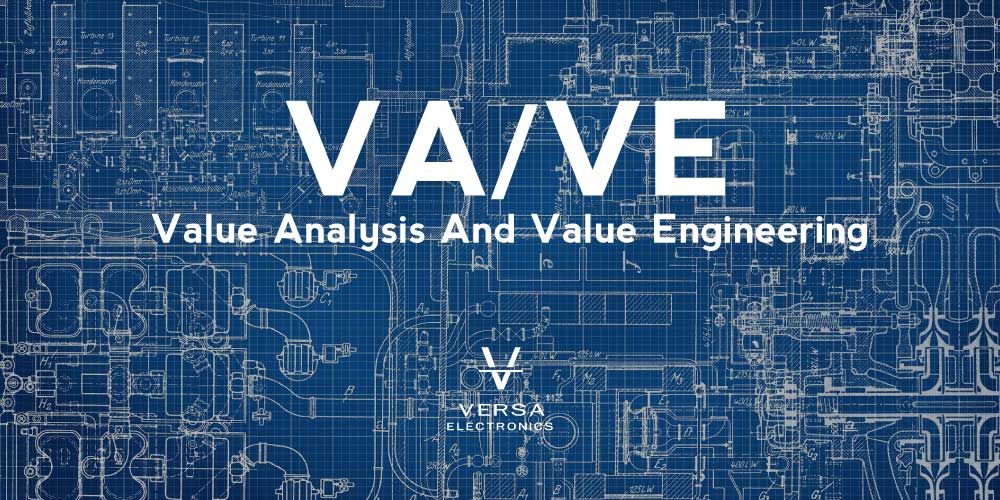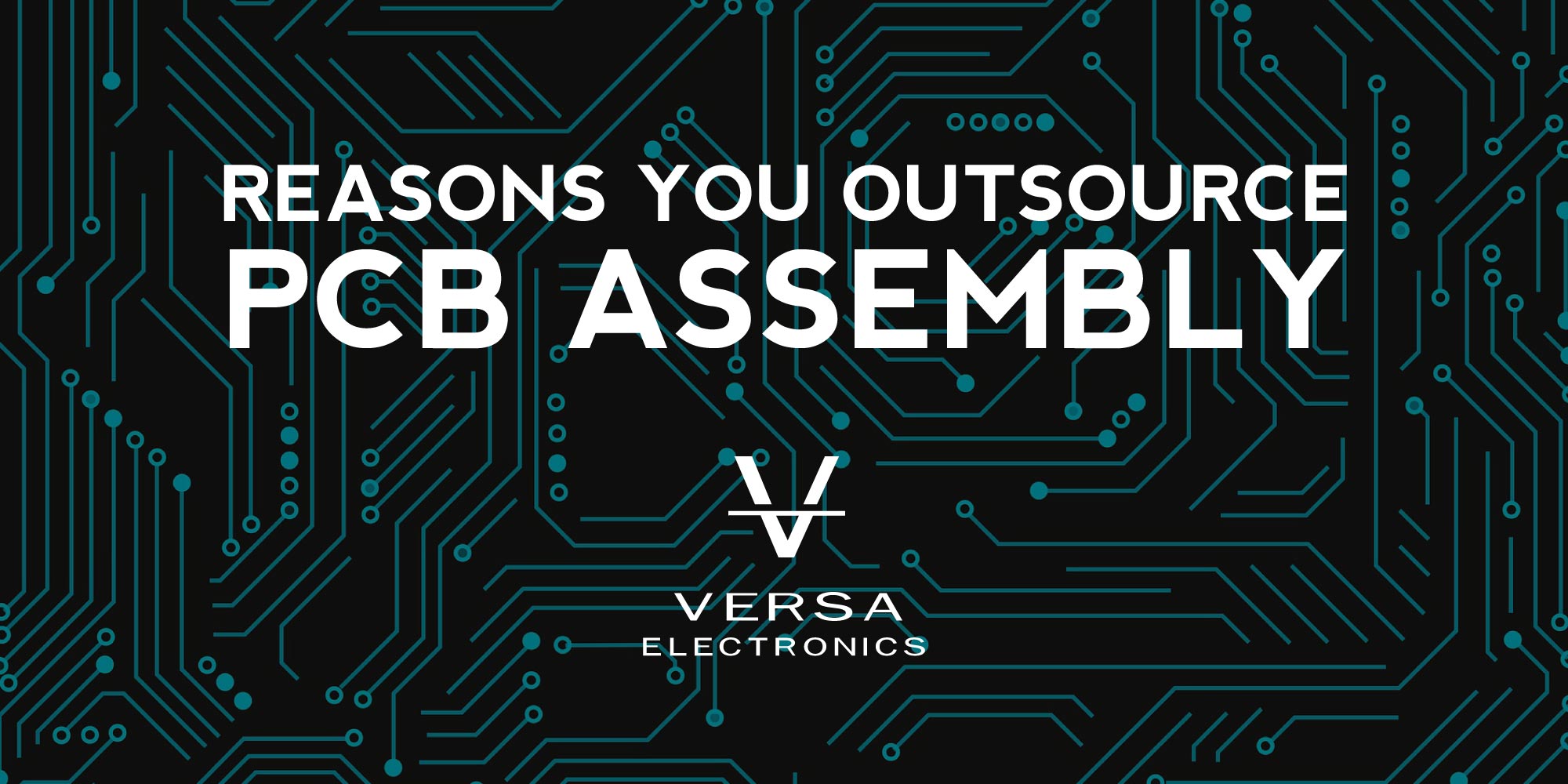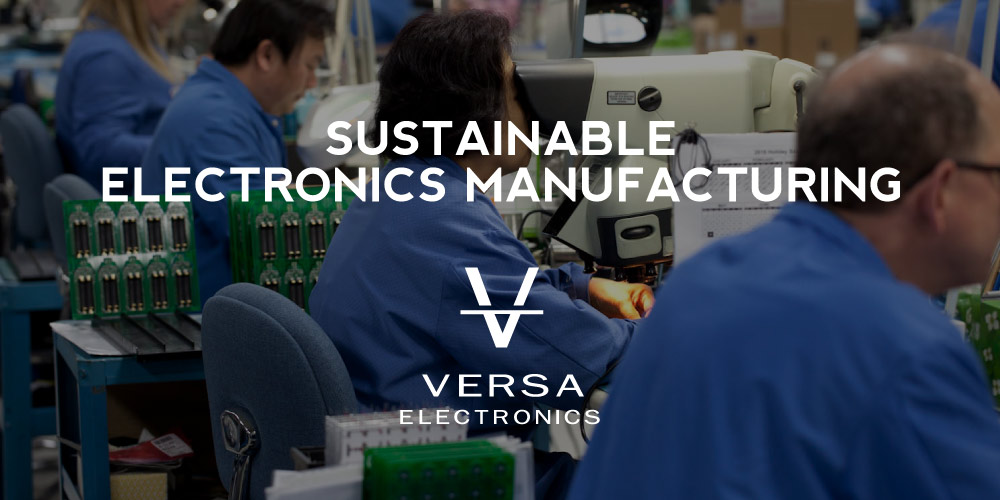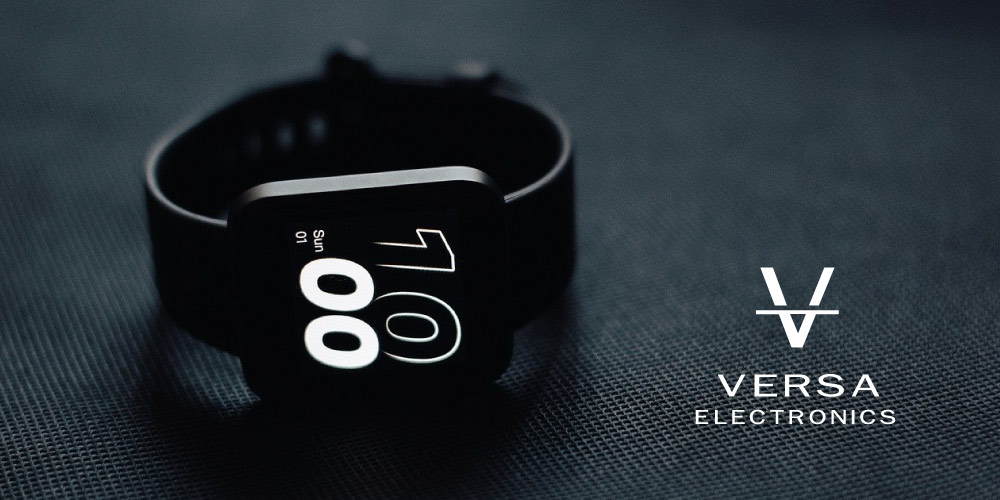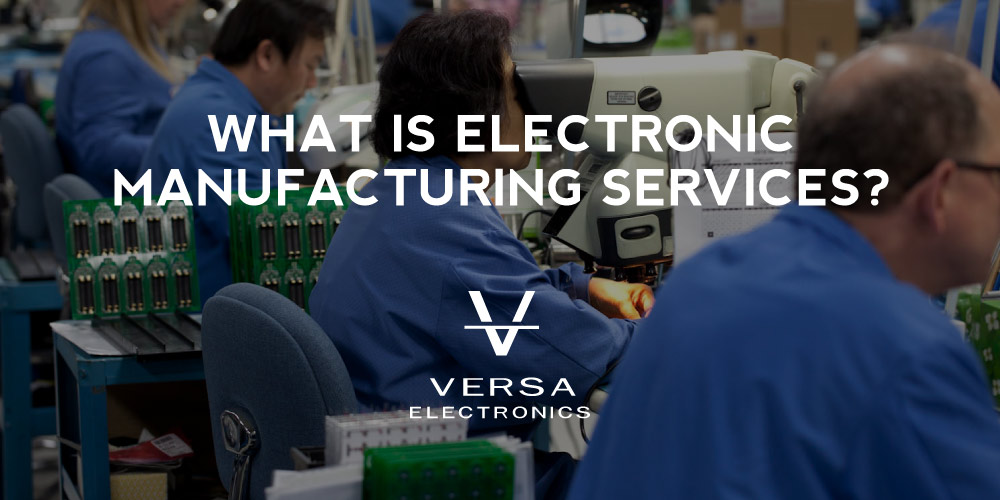Original equipment manufacturers play an essential role in modern production. However, since they primarily exist in the B2B market, most consumers are unaware of their significance. This is despite them using products that comprise OEM parts daily. On the other hand, the same cannot be said about industrial maintenance professionals since they need OEMs to stay relevant. In the past, when most products included very few moving parts, it was easy for manufacturers to create and assemble everything in-house. But today, products are incredibly complex with several components. Therefore, it makes more sense to outsource parts from third-party vendors to increase efficiency and cut costs.
Nevertheless, the last few years have exposed the supply chain’s vulnerabilities and how markets worldwide operate. We are still slowly recovering from the COVID-19 pandemic, which, coupled with other social, political, and climate issues has affected the production chain. As a result, raw materials, labor, and fuel prices have been rising, making it necessary for OEMs to update their Value Analysis and Value Engineering analysis in line with the current market trends.
What Is VA/VE?
VA/VE = Value Analysis And Value Engineering
Value analysis and value engineering are both processes that aim to improve the value offered to the customer. What sets them apart is the point at which they are applied in a product’s life cycle. Value engineering often comes first, before any significant financial investments have been made. Value analysis comes after the product has been developed; thus, the focus is on existing products or services. However, the goal of both practices remains to improve value. Value analysis is considered a remedial process to eliminate unnecessary costs, while value engineering is a preventive process towards unnecessary expenses.
In value analysis, a scientific approach is used to improve the value of a product by examining its integral components and associated costs. It enables OEMs to improve various aspects of a product, such as design, material selection, manufacturing, assembly, and maintenance. OEMs should implement all these changes in a way that does not affect the functioning value of a product. VA is a planned creative approach toward reducing costs. It helps OEMs examine production designs and materials used and determine how to implement modifications and improvements without lowering the product’s or function’s value. The goal is to identify unnecessary costs and eliminate them.
On the other hand, value engineering focuses on improving the value of a product at various stages of the product’s life cycle. The approach aims to ensure that you can attain the functions of products and services at the lowest possible cost but without compromising quality. Essentially, it is a rational analysis between price and value performed before making the final product design. Value engineering is often applied when introducing new products, when there is a rise in the cost of production, to match low competitor prices and when there are concerns over the performance of a product. By implementing value engineering, OEMs will ensure standardization and improve value by reducing costs.
The Significance of VA/VE to OEMs
VA/VE can help OEMs cut costs and improve the value of their products or processes through a thorough analysis of their functions. In this case, here is how you should understand the terms value, function, and cost:
- Value describes what the product is worth to the customer
- Functions are the features and qualities of the product.
- Cost is the worth amount of the goods sold.
Using the VA/VE analysis, OEMs can look at products in terms of what they can do for the consumer rather than the specific features it offers. This is important because it fosters innovation and ensures manufacturers are more radical in how they picture their products and processes. Other benefits of the VA/VE analysis to OEMs include:
- By figuring it how to lower production costs such as material and labor, OEMs can survive and thrive even during difficult times. VA/VE analysis highlights where the unnecessary costs lie and help to eliminate them.
- When value analysis and value engineering are done right, OEMs can save significantly through material substitution and process transformation. In addition, the money saved can be used to facilitate other operations.
- When OEMs can reduce material costs, they can easily absorb commodity price volatility.
- VA/VE can also optimize labor effort, giving you the capacity to handle other new or complex business operations.
Today, VA/VE is a highly advanced process that uses multi-discipline, systematic, and intelligent cost reduction techniques. It may have begun as a method of finding cheaper alternative manufacturing materials in times of shortages. Still, it has evolved to help businesses save money and improve performance.
For the Value Engineering analysis to succeed, OEMs must be disciplined and focused during the process. They should have clear objectives and a standard way of implementing all the recommendations they come up with. A successful VA/VE initiative will require leadership, support, ideas, and discipline to execute. Suppose you find the process challenging or lack the knowledge and experience to execute it. In that case, you can partner with specialists to help your business develop an analysis that will help improve your performance.
About The Author
 Tony Zuberbuehler is a Sales Manager at Versa Electronics with a focus on electronic contract manufacturing. Tony’s career in technology manufacturing spans 25+ years and has included roles as an engineering liaison, in purchasing and material management, manufacturing and planning, customer interfaces, and product fulfillment. Connect with Tony Z on LinkedIn.
Tony Zuberbuehler is a Sales Manager at Versa Electronics with a focus on electronic contract manufacturing. Tony’s career in technology manufacturing spans 25+ years and has included roles as an engineering liaison, in purchasing and material management, manufacturing and planning, customer interfaces, and product fulfillment. Connect with Tony Z on LinkedIn.

